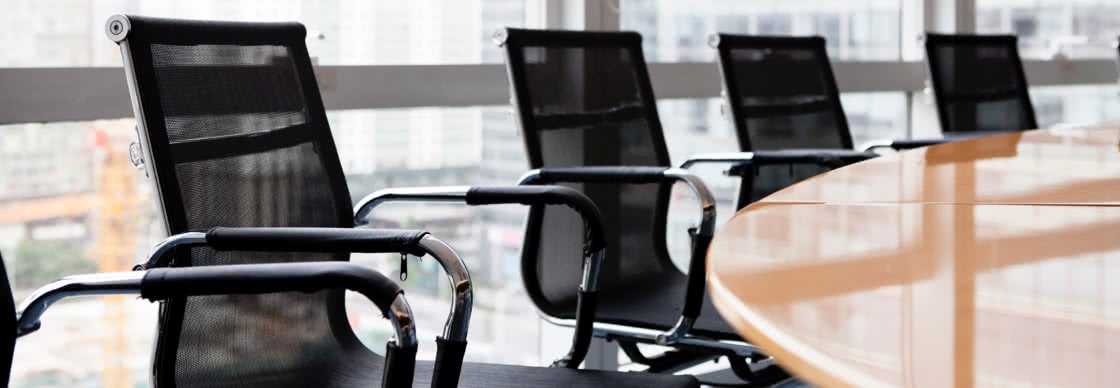BLOG
How to Prepare for a One Way Video Interview

Our top 4 tips to ensure a successful video interview
The one-way video interview is on the rise : companies like Apple, Twitter, Google, and many more use a one-way video interview at some point in their hiring process. Some estimates have seen a nearly 30% increase in the use of prerecorded interviews in the last year. While one-way interviews are a great time-saving tool for recruiters, they can be an awkward experience for the candidate.
Unlike in-person interviews, one-way video interviews require a different type of preparation from potential hires. You doesn’t have the advantage of reading social cues that come up in the course of normal conversation. There’s often a limited amount of time in which to record your response. You have to answer the question and showcase your personality within the limits of the screen and question parameters. It can be a challenge to convey what makes you the best fit without the benefit of an in-person connection.
Luckily, there are some things you can do to make your interview stand out from the pack. Knowing that a one-way video interview can actually help your application is the first step toward success. Take these steps to knock your next prerecorded interview out of the park.
Optimise your environment
Pay attention to lighting, posture, background, and background noise. Find a nice, well-lit space with a blank background. A plain wall, a screen, or a bookshelf (but make sure there isn’t anything weird behind you) work best. Experts suggest having at least two feet of distance between the background behind you. That space can reduce the shadow and make the lighting more flattering. If you don’t have a webcam, you can use your phone’s camera to record your answers. No matter what device you use, test your microphone and camera angle beforehand. Set yourself up to make a great first impression!
Know your parameters
Before your interview, do your research and speak to the recruiter to get a full understanding of how the process will work. Here are some questions to ask :
- Can you re-record your answers?
- Will you have the questions ahead of time?
- When is the interview due, and how long will you have to record it?
- How much time do you have for each question?
- Will you be able to review your videos before submitting?
It’s common for prerecorded interviews to let you re-record your answers, but you need to go into the experience prepared. If it isn’t possible to re-record, make sure you do a few test runs before entering the formal interview experience.
Rehearse your answers
Even if there are no time limits placed on the length of your answers, the best prerecorded interview answers are succinct and well-prepared. Plan ahead what you want to say, given that each video interview has a short window in which you can record your answer.
There’s a hidden risk with one-way videos: you don’t want to rehearse too much. Over-preparing your response can lead to your answers sounding static and robotic. Video interviews already make it hard to showcase your personality ; memorising your answers can only compound the problem. Even if you don’t have the questions ahead of time, you can anticipate some of the most common interview questions and prepare for those accordingly.
If you don’t receive the answers ahead of time, make sure to have your CV or the job description handy. Prepare as you would for any other interview and take time to review standard interview questions.
Figure out what the interviewer needs to know
One-way interviews are part of a larger application process that may involve your LinkedIn, CV, phone screen, or second in-person interview. Think about where in the recruiting process you are, and then prepare to show the recruiter something new. Is this a skills-based interview section, or a pre-screen before inviting you in person? What will a recruiter be looking for to move you to the next phase?
Treat your prerecorded interview like a normal job interview: prepare, address the interviewer with confidence, and do your best to highlight qualities that can’t be found on your CV. One-way interviews are designed to help candidates succeed, rather than fail. Follow these tips to make the most of your opportunity to find the right position for your career!




